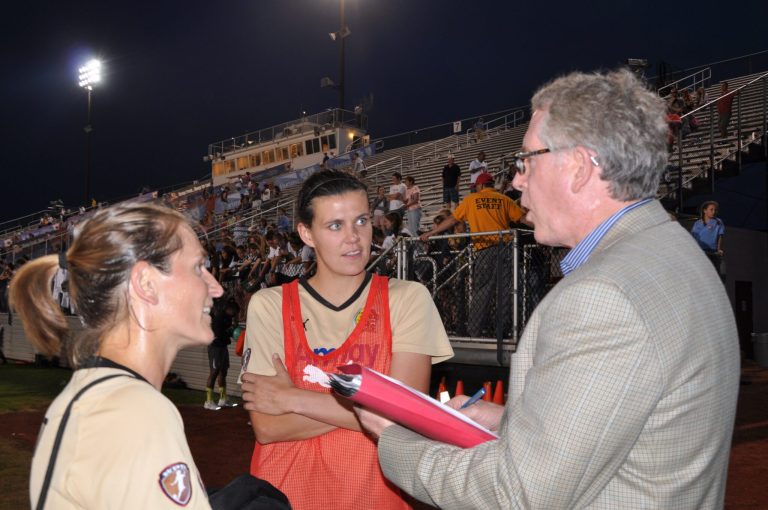
I’ve been doing research about the manner in which athletes from different countries cope with pressure. Hispanics seem to use humor to connect with the crowd and this connection helps them to perform. Think of how Lee Trevino, The Merry Mex used to banter with the crowds as he competed.
Asian athletes are incredibly self-possessed and seem impervious to pressure. This is one reason that South Korean women have dominated the LPGA since the arrival of Se-ri Pak back in 1998.
I’ve studied Brazilian soccer players like Pele and Marta and Japanese tennis stars like Naomi Osaka, but what can we say about the American athlete? How does the typical American athlete manage competitive pressure and what does that say about the rest of us Americans?
Not surprisingly, American athletes appear to be highly driven, aggressive, achievement-oriented, and self-absorbed. In psychoanalytic terms this is called self-idealization and is what Americans seem to need in order to win. It appears to work pretty well. But this character trait has a flip side to it. Anything less than the ideal is seen as a shameful failure. As the Mercedes television ad says: “The best or nothing at all.”
This character trait in American athletes of being driven to achieve and to be No. 1 is shared by many Americans. Nancy McWilliams is a psychoanalyst in New Jersey and in one of her books, she points to the reasons why this American personality of super ambition is so common.
She thinks it began with the writing of the American Constitution with its emphasis on equal rights for all. This core American value that all men are created equal means that there is no class system like in other nations. This results in the Americans’ restless quest to prove our worth and our social status through achievements. This makes us a very productive nation.
But as I just mentioned about the dark side of self-idealization, there is also a dark side to the American drive to be No. 1. The dark side is burnout, fatigue and a life filled with doubt concerning one’s status and one’s worth.
In 1998 Juliet Schor wrote the book “The Overspent American: Why We Want What We Don’t Need.” She described how Americans are obsessed with “keeping up with the Joneses.” McWilliams’ thesis about our need to achieve status is a good answer to why we keep on working, spending and trying to get somewhere.
It is not clear how one extricates oneself from this treadmill type of life. There is a similar story in “Alice in Wonderland” which is referred to as “The Red Queen’s Race.” The Red Queen explains to Alice that “here, you see, it takes all the running you can do to stay in the same place. If you want to get somewhere else, you must run at least twice as fast as that.” Doesn’t this sound familiar? Lewis Carrol described the true character of the American soul.
And, of course. the question is, how does one get oneself out of this rabbit hole? It would be easy enough to say to just look in the mirror and feel good about yourself. The problem is that kind of self-talk often fails to convince the person. Americans are high achievers, have an altruistic nature, are very creative and driven.
That ought to be enough to make anyone proud. So just pause, take a nice deep breath and tell yourself you have already arrived at where you are trying to get to. America, be proud of who you are. You are the envy of the world.
The American dream is to own a home in the suburbs with a white picket fence, have some trees to look at and some flowers in your garden. This characterizes the life and the look of Nassau County. However, no one seems to be very satisfied with it.







